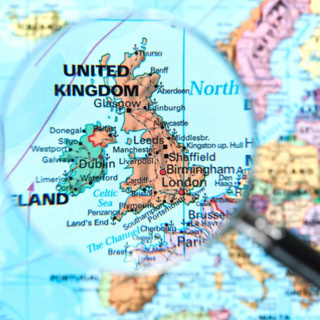Om avsnittet
After the signing of the Treaty of Paris, the troops came home from Crimea, as did the remarkable women we talked about last week: Mary Seacole and Florence Nightingale. They came back to different lives: Nightingale went on to do seminal work in nursing and in healthcare analysis – she revealed an unusual grasp of mathematical methods and became the first female member of the Royal Statistical Society – while Seacole faced bankruptcy and closed doors. Could that be down to her blood running, as she put it, “under a duskier skin” than that of most Brits? Before we finally leave Crimea, this episode includes a quick digression about another remarkable healthcare specialist, this time on the Russian side, the military surgeon Nikolay Pirogov. Then, like the troops, we return to England. There Palmerston was pursuing a liberal domestic policy programme, but as we’ll explore more next week, he was about to encounter events in foreign affairs that would put a spoke in his wheels. Illustration: Detail from Diagram of the causes of mortality in the army in the East (1858) by Florence Nightingale, a coloured pie chart to illustrate causes of death in the British Army. Public domain in its source country on January 1, 1996 and in the United States. Music: Bach Partita #2c by J Bu licensed under an Attribution-NonCommercial-No Derivatives (aka Music Sharing) 3.0 International License.

